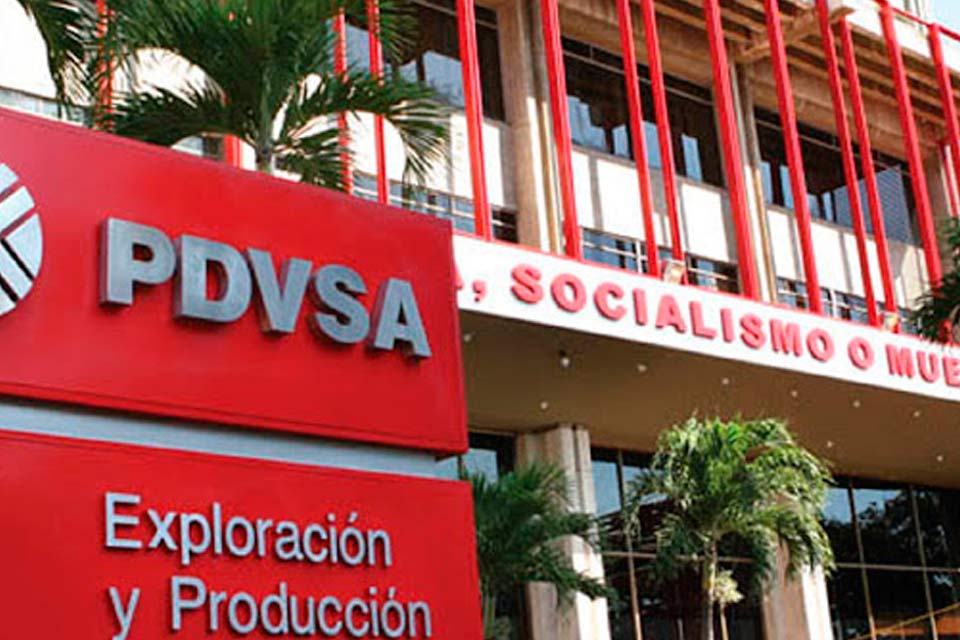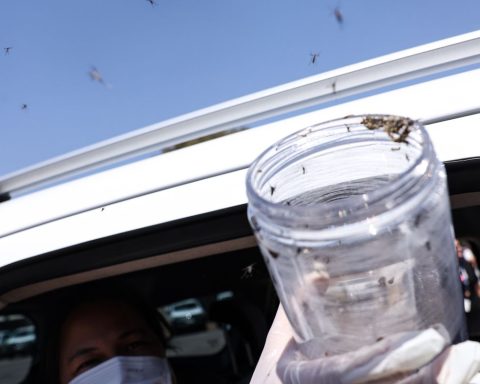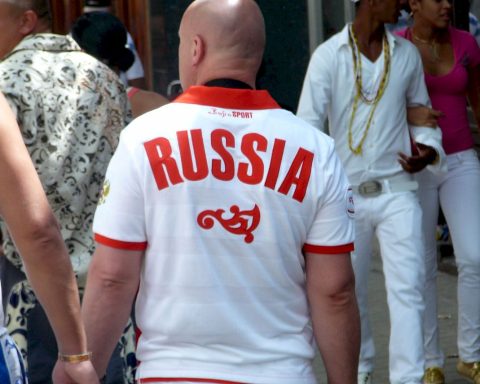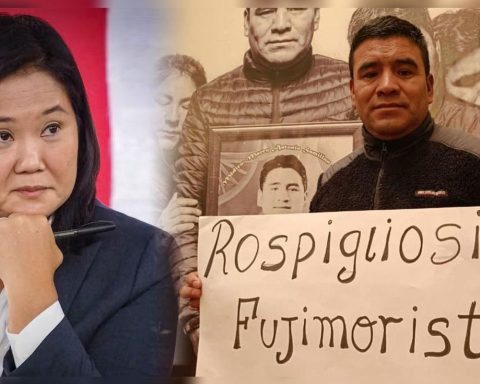A new traffic control system in Río Negro unleashed the political dispute between the white mayor Omar Lafluf and the Broad Front in that department. The administration installed a total of 28 control points with radars in Fray Bentos and Young through a abbreviated tender with borders that the opposition has in its sightswhile the controversy opened other flanks that involve the lack of certification before LATU and a questioned mechanism of fines for “stepping on the white line”.
Days ago Lafluf had to go out to apologize after LATU reported that the radars of the responsible company –Teslights International SA– were not verified before Legal Metrology, although the company was registered as an importer. It is that the hierarch, during an appearance before the Departmental Board on March 7, had focused a good part of his defense of the system on the premise that it was “everything approved, supervised and controlled by LATU.”
The mayor’s office had to pause the inspection and the community chief explained to the local media that no more fines would be issued to the Sucive until all the devices were verified. However, the company confirmed this Monday to the authorities that LATU had already given its approval, reported Pablo Flores, general secretary of the mayor’s office, to The Observer.
Ceded to El Observador
Radars installed in Río Negro
As detailed by the hierarch, the company even leased an aerodrome and invested up to US$10,000 in the entire operation so that the institution could certify the devices more quickly. The Lafluf administration thus turned off that focus that had him in suspense for the last two weeks, but the questions persist.
the white line
“This is a tool that can be shared or not, but the objective is to achieve traffic control as best as we can,” Lafluf justified when he went to the Legislation Committee of the Departmental Board on March 7. The devices began to work in mid-November and control speed, crossings with a red light and encroachment on the pedestrian path.
The mayor assured the councilors that it is a tool that will help him in something for which he is “strongly” criticized in his payments. “I have heard many neighbors tell me: ‘Oh, stop, mayor, yesterday was a disaster! They drove at any speed, anywhere, they did not respect the red light or anything and I did not see a single inspector,'” Lafluf said.
A good part of the crossings that day were due to the policy of fines for invading the pedestrian path – a concept provided for in departmental regulations – but which is colloquially known in Río Negro as “stepping on the white line” “The legal framework that we have, which is the Traffic Ordinance, does not reflect what is being charged”affirmed the communist mayor Karina Sánchez in the room.
That day, Lafluf summoned the traffic advisory commission of the Congress of Mayors – made up of César García (Red councilor and head of Sucive), Juan Pígola (Maldonado Traffic Director) and Marcelo Metediera (his namesake in Canelones) – to offer his opinion. The first, who is one of the most specialized leaders in the matter, argued that “in general terms” the regulations are applied “without escaping one iota” of the law.
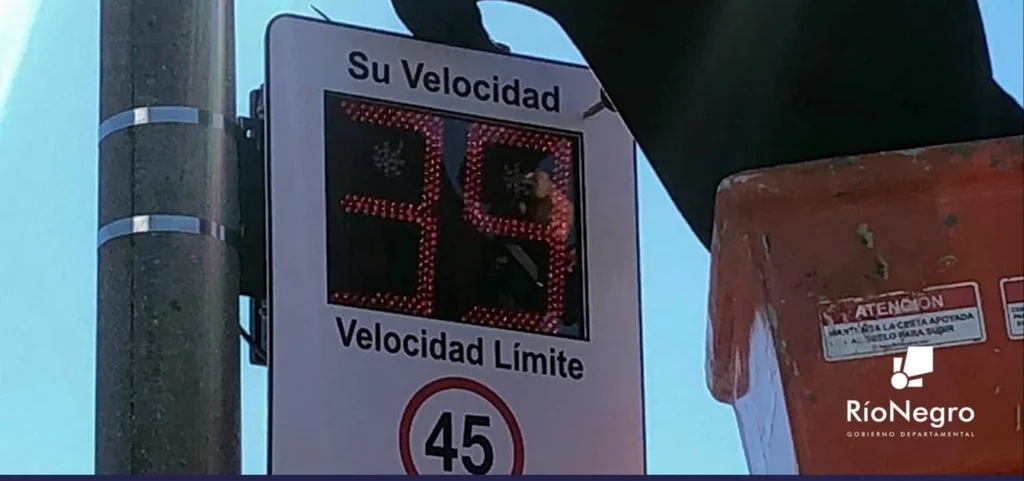
Ceded to El Observador
Radars installed in Río Negro
The dilemma between the opposition and the mayor’s office is that the departmental ordinance speaks of invasion of the pedestrian path, but never specifies the scope of it. Both the Broad Front and the ruling party acknowledge the annoyance of the neighbors who raise the possibility of filing a lawsuit in this regard. Flores, the general secretary, explained that Radars and cameras have been applying around a thousand fines for “stepping on the white line”; the expected penalty is 1.5 indexable units, equivalent to $2,368 at current value.
Both the colorado counselor of the Congress of Mayors and the Maldonado Transit Director defended before the mayors the interpretation made by Río Negro to apply that fine: “The white line is the limit of traffic and the beginning of the pedestrian crossing (…) It’s like the fence between the car and the pedestrian, and no one is authorized to cross the fence of anyone’s field,” Pígola exemplified.
The councilors of the Broad Front instead claim that there is no legal demonstration to fine for a concept that is not explicit in the regulations, while they asked the commune to return the amounts for which it has sanctioned through the new system of photo fines .
controversial tender
The commune opened the purchase process on April 22 of last year and three weeks later, on May 17, signed the award to Teslights International SA, a company that in Uruguay has only been a beneficiary of eight public purchases in the field of LED lightingbut never in transit.
Sources familiar with this process indicated to The Observer that the company made a link in Río Negro with the general director of the commune, Marcelo Linale, whom a private initiative for traffic control approached some time before the tender. The system satisfied the administration, which opened the abbreviated tender, where the only offer received was that of Teslights, even though another company came to buy the specifications.
“The company is headquartered in Uruguay, but it also has its headquarters, its mother house, in Hong Kong. It is made up of Uruguayans. It has a factory in China and branches in Argentina, Mexico, the United States and Uruguay”Lafluf reported to the councilors.
One of the most controversial aspects of the tender was that the private sector would receive 50% of the net plus VAT collected from the fines. Lafluf then told the councilors that this negotiation “is in process” given that when the agreement was closed, a higher level of fines was taken into account as a result of the recorded records that, when placing the cameras, begins to decrease as that the sanctions begin to rain down.
“I have agreed to lower that percentage to 35% and when the unification of the fines comes out (agreed by the Congress of Mayors for the entire country) to 30%”, Lafluf assured that day. The number two of the commune, Pablo Flores, indicated to The Observer that in the first two months of operation of the system, the fines totaled around half a million pesos.
From the Broad Front they point against the fact that no other administration with cameras and radars grants such a high fee to the private sector. The communes of Montevideo, Canelones, Maldonado and Lavalleja lease or purchase their own equipment, while in Paysandú it is granted for less than 5% of the amount collected from fines.
“If you do an economic analysis, you will not find a more favorable result than that of Río Negro, because the mayor’s office gets zero pesos”, declared the Secretary General in this regard. Sources familiar with the early dealings with Teslights said the 50% fee was due to the fact that the company paid all the costs.










